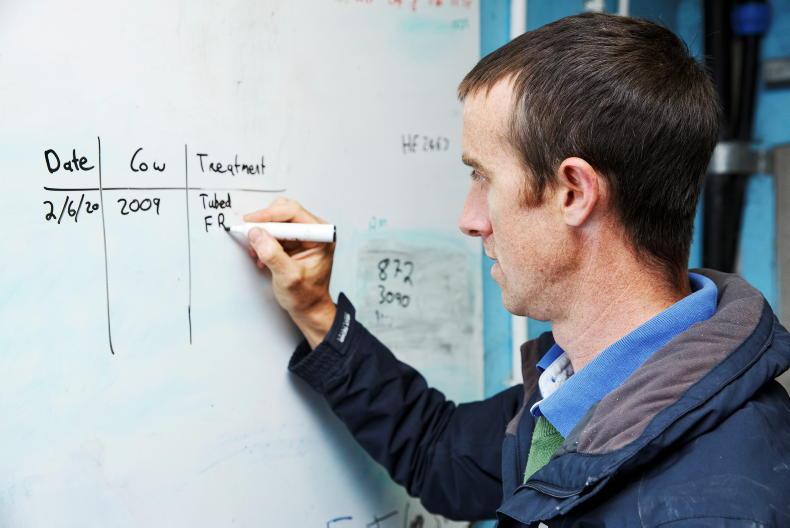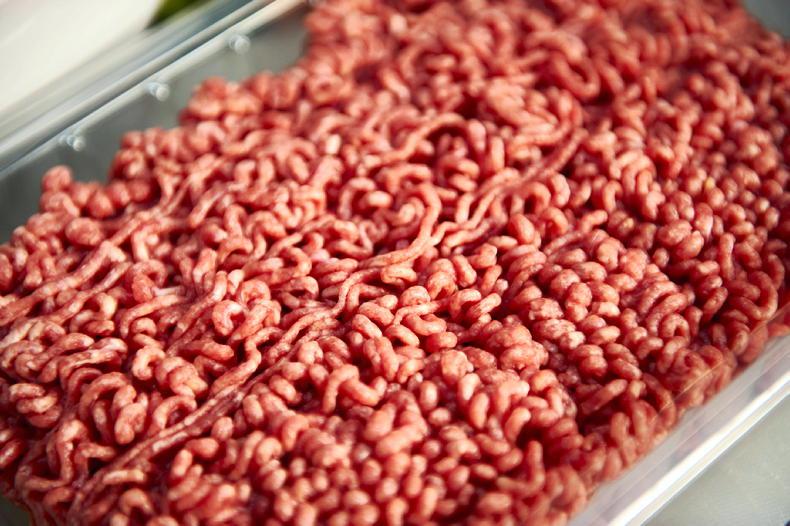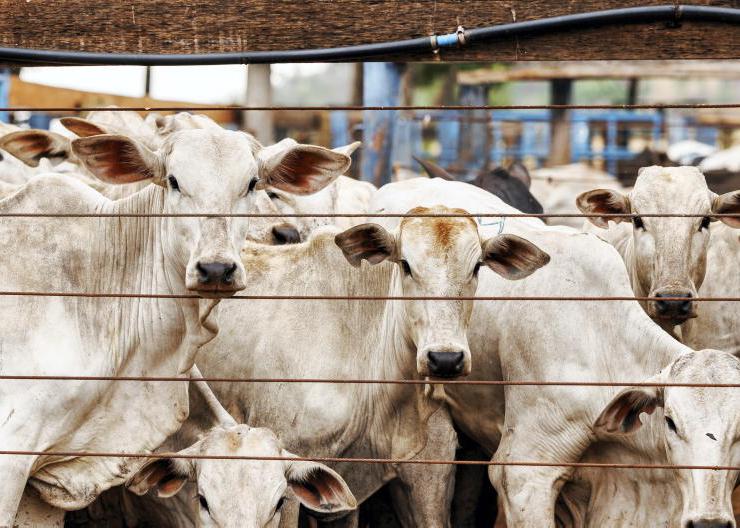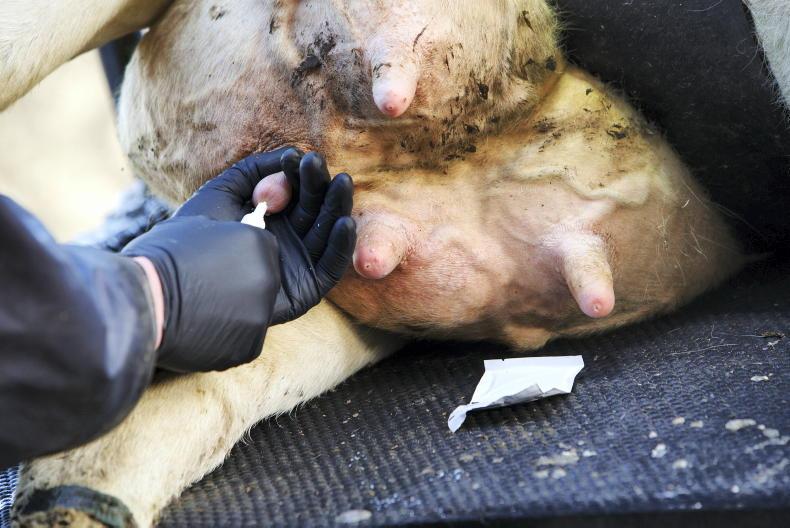There is growing interest in the potential to use selective dry cow therapy (SDCT) in low-SCC cows (ie cows with SCC of less than 200,000 cells/ml) to reduce antibiotic use at dry-off.
In one study across five herds, low-SCC cows were randomly assigned to receive either teat sealant only or teat sealant plus antibiotic at dry-off. During the following lactation, cows treated with teat sealant only had higher SCC and more cases of intramammary infection than cows treated with teat sealant plus antibiotics. However, the difference in SCC between the cows that got teat sealant only versus cows that received teat sealant plus antibiotics was small in herds that had a low bulk tank SCC (SCC less than 120,000) the previous autumn before dry-off. This indicates that selective dry cow therapy was successful in reducing antibiotic use and maintaining a low herd SCC in these herds. In herds that had a high bulk tank SCC (SCC greater than 150,000) at dry-off the difference in SCC was much greater between the cows that got teat sealant only versus cows that received teat sealant plus antibiotics, indicating that selective dry cow therapy was not successful in high-SCC herds. The majority of infections in those herds were due to Staphylococcus aureus, a contagious bacterium that is mainly transmitted during milking.
SCC has been used to distinguish between cows with and without intramammary infection. However, SCC may be influenced by milk yield, stage of lactation, lactation number, breed and herd level factors such as level of infection. An ongoing research study is investigating the association between SCC and major pathogen intramammary infection in one or more quarters of 2,239 cows in 22 herds. All cows were quarter-sampled at the end of lactation in 2020, and all quarter samples underwent analysis for SCC and bacteriology. The predictive model includes individual animal data such as test day SCC, lactation number, breed, milk yield, stage of lactation plus herd level data such as bulk tank SCC. The data from this study could aid the development of a decision support tool with two primary uses: 1) to identify herds that are suitable to undertake SDCT; and 2) to identify cows within herds that are suitable to undertake SDCT.
The 22 participating herds were also surveyed on both their management practices and attitudes towards SDCT. Participating in routine milk recording, selection of cows with low SCC, cleanliness and hygiene of the drying-off procedure and recording of clinical mastitis cases were the most important practices for successful implementation of SDCT.
There is growing interest in the potential to use selective dry cow therapy (SDCT) in low-SCC cows (ie cows with SCC of less than 200,000 cells/ml) to reduce antibiotic use at dry-off.
In one study across five herds, low-SCC cows were randomly assigned to receive either teat sealant only or teat sealant plus antibiotic at dry-off. During the following lactation, cows treated with teat sealant only had higher SCC and more cases of intramammary infection than cows treated with teat sealant plus antibiotics. However, the difference in SCC between the cows that got teat sealant only versus cows that received teat sealant plus antibiotics was small in herds that had a low bulk tank SCC (SCC less than 120,000) the previous autumn before dry-off. This indicates that selective dry cow therapy was successful in reducing antibiotic use and maintaining a low herd SCC in these herds. In herds that had a high bulk tank SCC (SCC greater than 150,000) at dry-off the difference in SCC was much greater between the cows that got teat sealant only versus cows that received teat sealant plus antibiotics, indicating that selective dry cow therapy was not successful in high-SCC herds. The majority of infections in those herds were due to Staphylococcus aureus, a contagious bacterium that is mainly transmitted during milking.
SCC has been used to distinguish between cows with and without intramammary infection. However, SCC may be influenced by milk yield, stage of lactation, lactation number, breed and herd level factors such as level of infection. An ongoing research study is investigating the association between SCC and major pathogen intramammary infection in one or more quarters of 2,239 cows in 22 herds. All cows were quarter-sampled at the end of lactation in 2020, and all quarter samples underwent analysis for SCC and bacteriology. The predictive model includes individual animal data such as test day SCC, lactation number, breed, milk yield, stage of lactation plus herd level data such as bulk tank SCC. The data from this study could aid the development of a decision support tool with two primary uses: 1) to identify herds that are suitable to undertake SDCT; and 2) to identify cows within herds that are suitable to undertake SDCT.
The 22 participating herds were also surveyed on both their management practices and attitudes towards SDCT. Participating in routine milk recording, selection of cows with low SCC, cleanliness and hygiene of the drying-off procedure and recording of clinical mastitis cases were the most important practices for successful implementation of SDCT.










SHARING OPTIONS